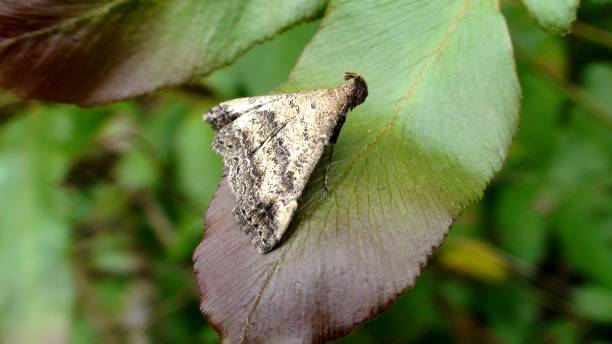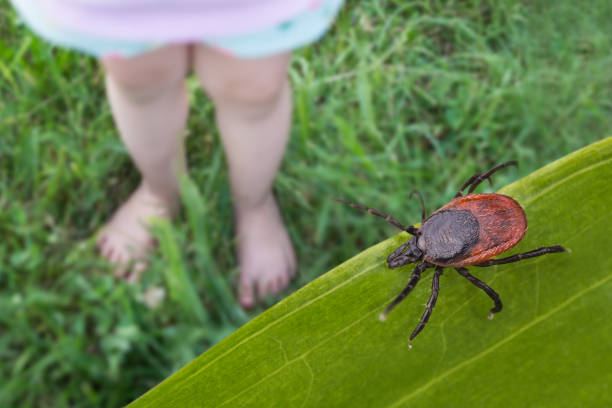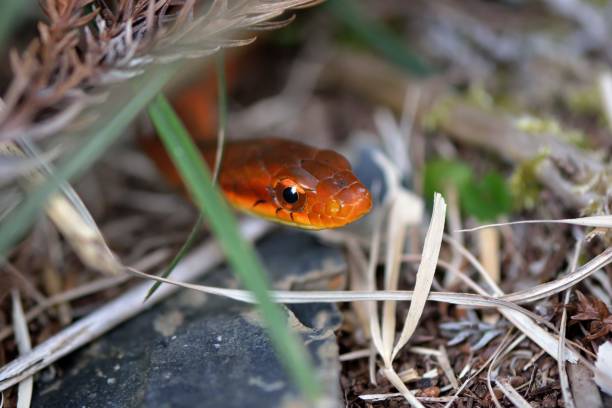How to Get Rid of Moths in Your Yard
This post contains affiliate links. This means I will make a commission at no extra cost to you should you click through and make a purchase. Read the full disclosure here.Maintaining a beautiful and healthy yard requires attention and care, and one common challenge many homeowners face is dealing with moths. These fluttering insects can not only be a nuisance but can also cause damage to your yard and plants if left unchecked. In this article, we will explore effective methods to get rid of moths in your yard, allowing you to enjoy a pest-free outdoor space.
Introduction
A well-manicured yard is a source of pride for homeowners, offering a space for relaxation, recreation, and socializing. However, moths can disrupt this tranquility and cause several issues. Understanding how to identify and eliminate moth infestations is crucial to maintaining a beautiful and healthy yard.
Understanding Moths
Before diving into moth control methods, it’s essential to understand the types of moths commonly found in yards and their life cycles. Moths come in various species, including clothes moths, pantry moths, and lawn moths. Each species has unique habits and preferences, impacting the strategies for their removal.
Identifying Moth Infestations
Detecting a moth infestation in your yard early on can help prevent significant damage. Look out for signs such as chewed leaves, silk-like webbing, or caterpillars feeding on plants. Moths often hide or breed in areas such as tall grass, dense shrubs, or underneath structures like decks or porches.
Prevention Methods
Prevention is key when it comes to managing moth populations in your yard. Start by keeping your yard clean and well-maintained. Regularly mow the grass, trim shrubs, and remove debris where moths may hide. Additionally, eliminate potential moth attractants such as open food containers or standing water.
Natural Remedies for Moth Control
If you prefer a more natural approach, several remedies can help repel moths. Essential oils like lavender, peppermint, or cedarwood are known to deter moths due to their strong scents. You can create homemade moth traps using a mixture of vinegar, sugar, and dish soap, or attract beneficial insects like ladybugs or lacewings that feed on moth larvae.
Chemical Solutions for Moth Infestations
In severe infestations, chemical solutions may be necessary. Insecticidal sprays formulated specifically for moths can be effective in reducing their numbers. Nematodes, which are microscopic worms that target moth larvae, can also be applied to affected areas. If the infestation persists or is too overwhelming to handle, seeking professional pest control services is recommended.
Maintaining a Moth-Free Yard
Achieving a moth-free yard requires ongoing efforts. Regularly inspect your yard for signs of moth activity and promptly address any issues. Continuously implement preventive measures such as proper yard maintenance and use of moth-repellent plants. If problems persist, don’t hesitate to consult professionals who can provide expert advice and assistance.
Conclusion
Moths can pose a significant threat to the beauty and health of your yard. By understanding their habits, identifying infestations, and implementing effective control methods, you can create a moth-free environment. Remember to stay vigilant, take preventive actions, and seek professional help when needed to maintain a yard that is both pleasing to the eye and free from moth-related troubles.
FAQs
How long do moths typically live?
The lifespan of moths can vary depending on the species, but most adult moths live for a few weeks to a few months.
Are all moths harmful to plants?
Not all moths are harmful to plants. Some moths, like butterflies, are beneficial pollinators. However, certain species of moths can cause damage to plants and should be controlled.
Can moth infestations damage structures?
Yes, moth larvae can feed on various materials, including fabrics, carpets, and even wood, potentially causing damage to structures if left unchecked.
What are the most effective natural moth repellents?
Essential oils such as lavender, peppermint, or cedarwood are commonly used as natural moth repellents due to their strong scents that moths dislike.
When should I consider calling a pest control company?
If your moth infestation is severe or persistent, it’s advisable to contact a professional pest control company. They have the expertise and resources to handle complex infestations effectively.













